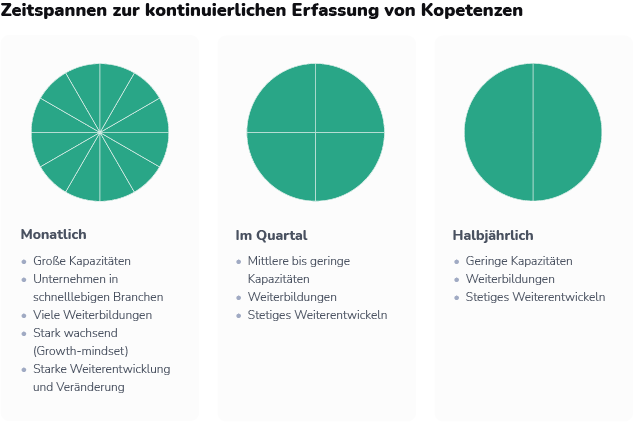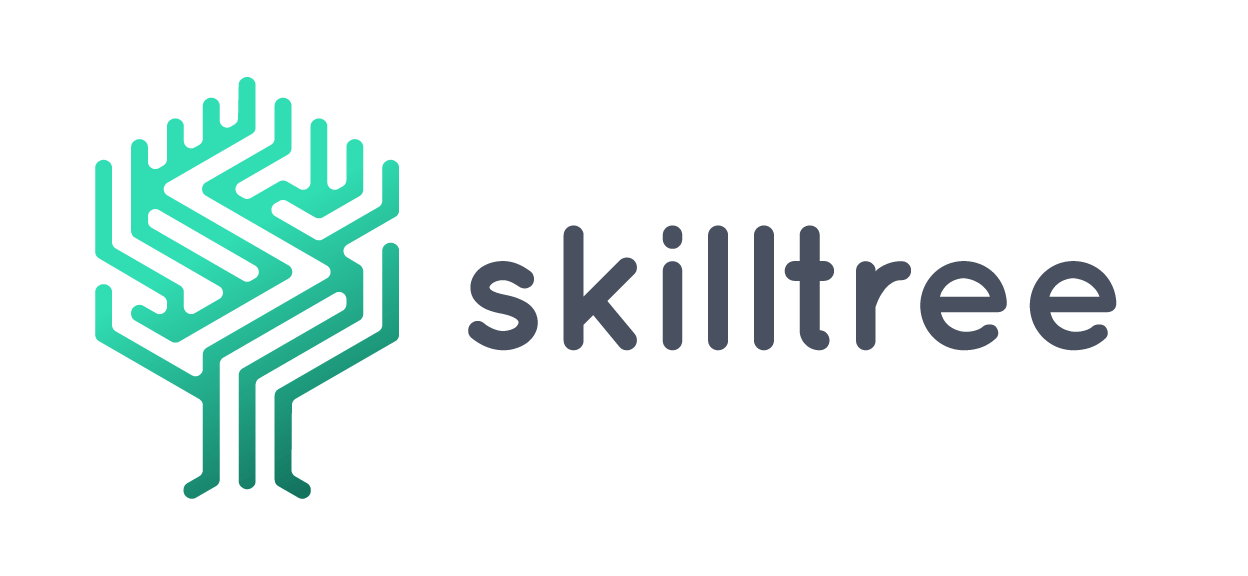Once the right talent management strategy has been found, management software has been implemented and employees have been trained, it is time for ongoing management. If this is not done, the skill management tool can quickly lose its usefulness as the content is incomplete or some may be missing. The next paragraphs explain how incompleteness can be prevented and how regular recording of competences in competence management systems can be successfully mastered.
Consequences of irregular recording
If competences and skills in talent management systems are not kept up to date, disadvantages for the organisation can arise. We have summarised the biggest possible problems for you in the following list:
- The overview of skills in the company is lost. The purpose of a competence management system is to make all essential skills of an organisation visible. This can create competitive advantages and increase employee satisfaction. However, if the skills are not managed regularly, the overview is lost. This can mean lost work, dissatisfaction, resource shortages, misallocation of resources and financial risks.
- Talents are wasted. Certain activities in organisations require special skills and know-how in order to carry them out successfully and safely. If these informations are not recorded, employees may be assigned to jobs for which they are not qualified. This can result in financial, material, psychological and physical damage, which could be avoided through regular recording of skills.
- Additional costs arise. If an employee already has a competence that is needed in the organisation but is not recorded in the talent management system, it cannot be used. It may be decided to provide training or further education for another staff member to learn this competences instead. This results in costs that could have been saved if the competences of the first employee had already been recorded in the talent management tool.
All at once or in small steps?
Due to the possible consequences of irregular recording of competences just mentioned, it becomes clear how important it is to implement continuity in the administration. In this context, the training measures, the organizational culture and the available capacities are decisive factors for the choice of management approach.

Monthly. This approach is useful for organizations with a large capacity to manage a competency management system, which provides a lot of training, grows a lot, and changes a lot as new competencies are added all the time. This is mostly the case for medium to large companies in fast-moving industries.
Quarterly. If the capacity to manage the competency management system is medium to low, an update can be performed quarterly. For organizations that do not change much and where training is offered, managing competencies on a quarterly basis is a reasonable approach.
Semi-annually. A semi-annual approach is a good approach for organizations that have low capacity available for management.
We recommend the quarterly approach to realize regular recording of competencies. If organizations are smaller or there is little training or employee growth, at least a six-month approach can be taken. Of course, it is also possible to enter a competence into the competence management solution directly after acquiring it or receiving a certificate. However, this approach is more time-consuming.
Who is responsible for regular recording?
Depending on the competency management system used and the size of the organization, one or more stakeholders may be responsible for regularly recording competencies. In general, the responsibility often lies with HR managers. Department heads are also given management over the competence management of the employees in their department. In small organizations, managers may also be responsible.
In hybrid solutions, it may also be the case that employees themselves participate to a certain extent in the management of competencies. Various types of skills, often soft skills or skills that do not require certification or are essential to perform the job description, can be freely specified here. For those skills that should not be easily entered into the system by employees, validation by supervisors may be required. This results in the regular recording of competencies by several participants. Such a hybrid solution represents skilltree.
